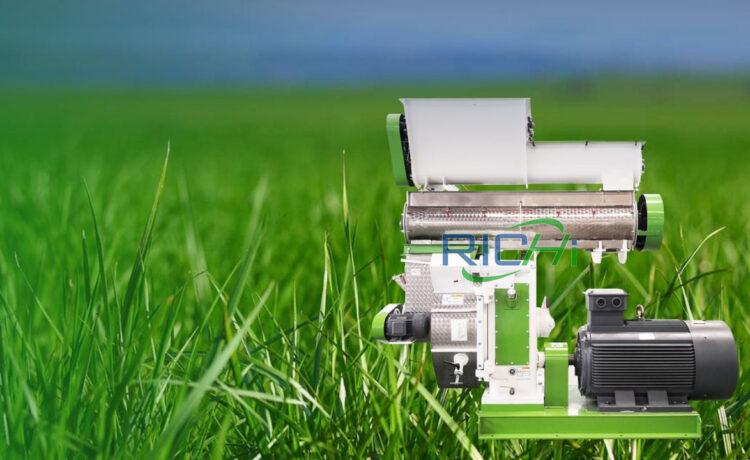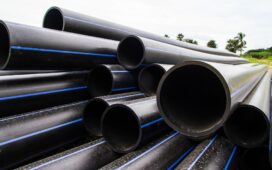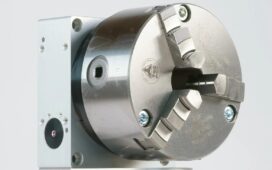Biomass equipment is designed to process a variety of organic materials, transforming them into renewable energy and valuable byproducts. Understanding how biomass equipment works is essential for those interested in sustainable energy solutions. These machines are versatile and capable of handling different types of organic waste, including wood chips, agricultural residues, and other biomass.
Here are five ways in which biomass equipment processes different organic materials.
Uses shredders and grinders
First, biomass equipment uses shredders and grinders to break down large organic materials. Wood chips, agricultural waste, and other bulky materials are reduced to smaller, more manageable sizes. This step is crucial for ensuring efficient processing and conversion into energy.
Reduces moisture content
Second, the equipment uses drying systems to reduce the moisture content of organic materials. Moisture can hinder the efficiency of energy conversion processes, so drying the materials beforehand ensures they burn more efficiently or convert more effectively into biofuels.
Utilizes gasification technology
Third, biomass equipment utilizes gasification technology to convert organic materials into synthetic gas (syngas). This process involves heating the biomass in a low-oxygen environment, breaking it down into gases that can be used to generate electricity or produce biofuels.
Process organic materials
Fourth, biomass equipment can process organic materials through anaerobic digestion. In this process, microorganisms break down the biomass in the absence of oxygen, producing biogas that can be used for heating, electricity, or even as a vehicle fuel.
Supports production of biochar
Lastly, the equipment supports the production of biochar from organic materials. Biochar is a carbon-rich product created by heating biomass in a controlled environment. It is used as a soil amendment to enhance soil health and sequester carbon.
To sum up
Biomass equipment processes various organic materials using shredding, drying, gasification, anaerobic digestion, and biochar production techniques. These methods efficiently convert waste into renewable energy and valuable byproducts, contributing to sustainable energy practices.







